This website uses cookies so that we can provide you with the best user experience possible. Cookie information is stored in your browser and performs functions such as recognising you when you return to our website and helping our team to understand which sections of the website you find most interesting and useful.
Myropil Territorial Community
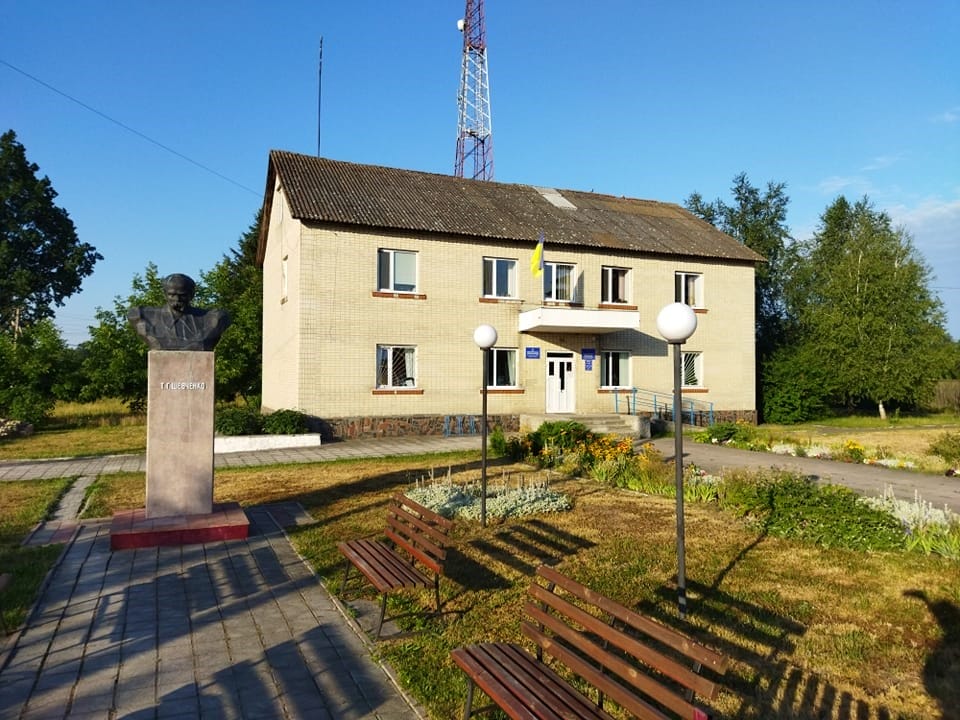
General Statistical Information about the Community
The Myropil Territorial Community is located on the territory of Zhytomyr District, Zhytomyr Region.
The total area of the territory: 164.34 sq km.
Population: 6,932 people.
Men: 3,375
Women: 3,557
Children: 1,073
People of retirement age: 1,620
Internally displaced persons: 620
The community includes 8 villages and has its administrative center in the settlement of Myropil.
History
The first settlements on the territory of the community with signs of the Tryplian culture were discovered over 6,000 years ago. But the most significant archaeological sites of Myropil are the early Slavic hillfort and barrows of the 5th-7th centuries around the town.
The village of Kolodiazhne, located on the right bank of the Sluch, is also famous for its ancient history. There, archaeologists discovered settlements of the late stage of the Tryplian culture and burials of the spherical amphora culture. On the territory of the village there is an ancient Rus hillfort of the 12th-13th centuries. It is identified as the historical town of Kolodiazhyn, which was destroyed by the troops of Khan Baty at the beginning of 1241.
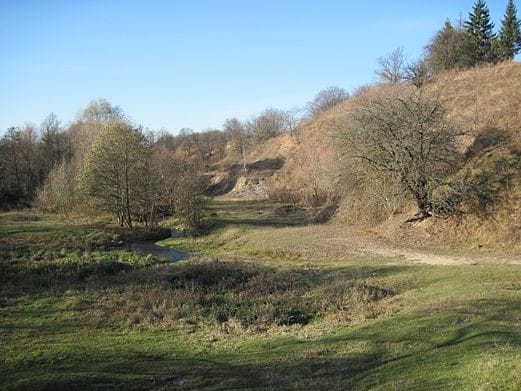
Myropil is mentioned for the first time in an undated vital record in the Lithuanian document of the 15th century as the village of Sapohiv. This name is connected with a tributary of the Sluch River – the Sapohivka (now the Chobotivka) – on the bank of which the settlement was located.

In the late 16th century, there was a tide of Cossack-peasant uprisings. According to legend, after the great battle between Myropil and Polonne, there was a reconciliation on the banks of the Sluch River. Therefore, this place was called “Myrne Pole” (English: “Peaceful Field”), and later – Myropil.

During this historical period, the area was populated by Jews en masse. To this day, Hasidic pilgrims who visit Uman every year must come to Myropil to worship the burial place of their spiritual leader.
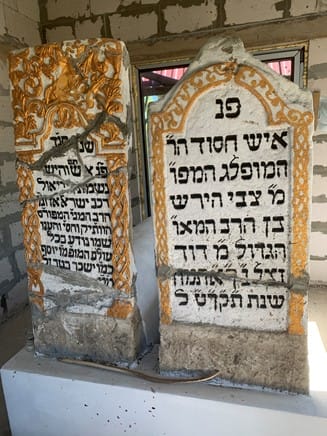
In the 19th and early 20th centuries, the socio-economic importance of Myropil grew. In 1820, at the expense of the Rostvorovsky family, the brick church of St. Anthony of Padua was built.
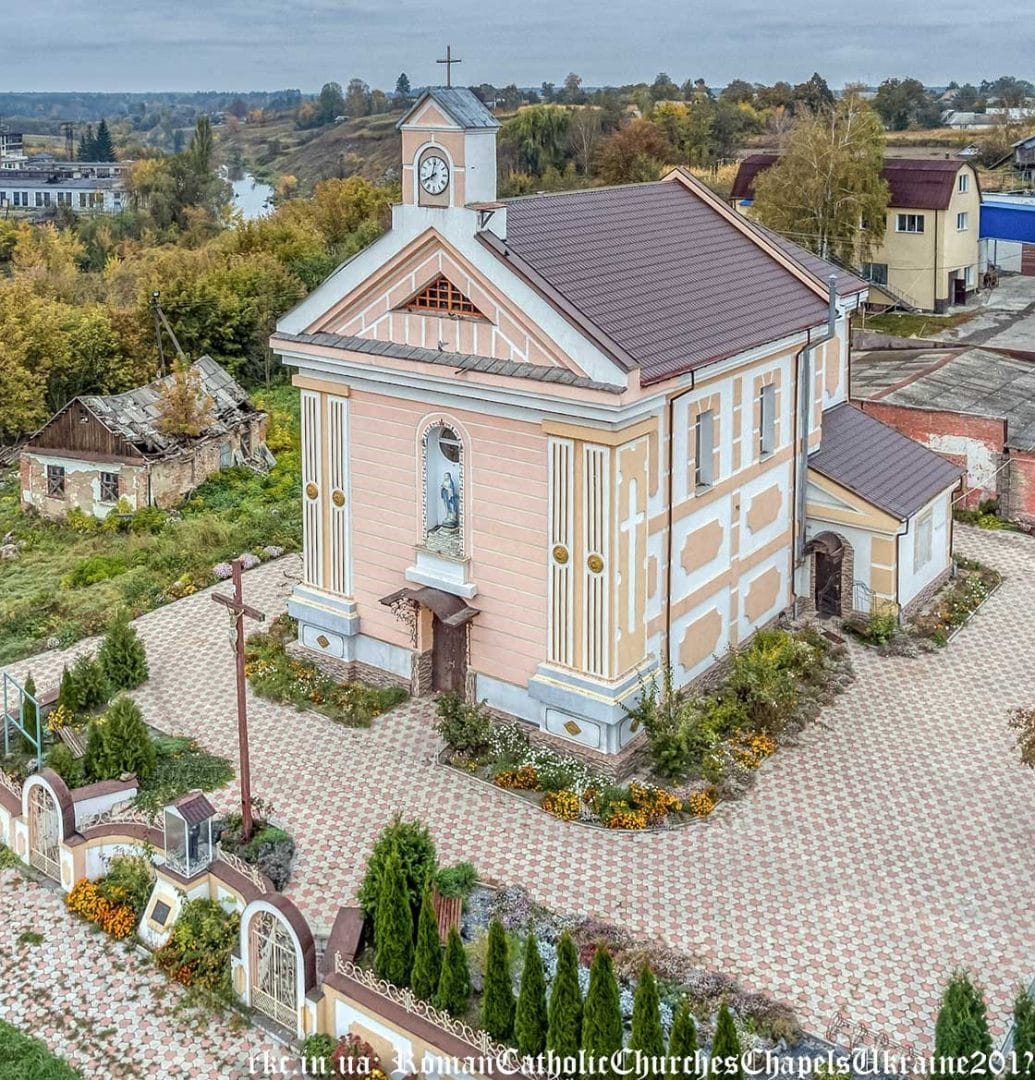
The January Uprising of 1863-1864 is the page of history shared with the Polish people. It was near Myropil that the battle of Edmunt Ruzicki’s rebel squad with russian troops took place. In memory of the event and the eternal memory of the fallen insurgents a memorial sign in the form of a cross was erected near the church with the help of the Polish community. There is a stone with the inscription “For our and your freedom” at the foot of the memorial.
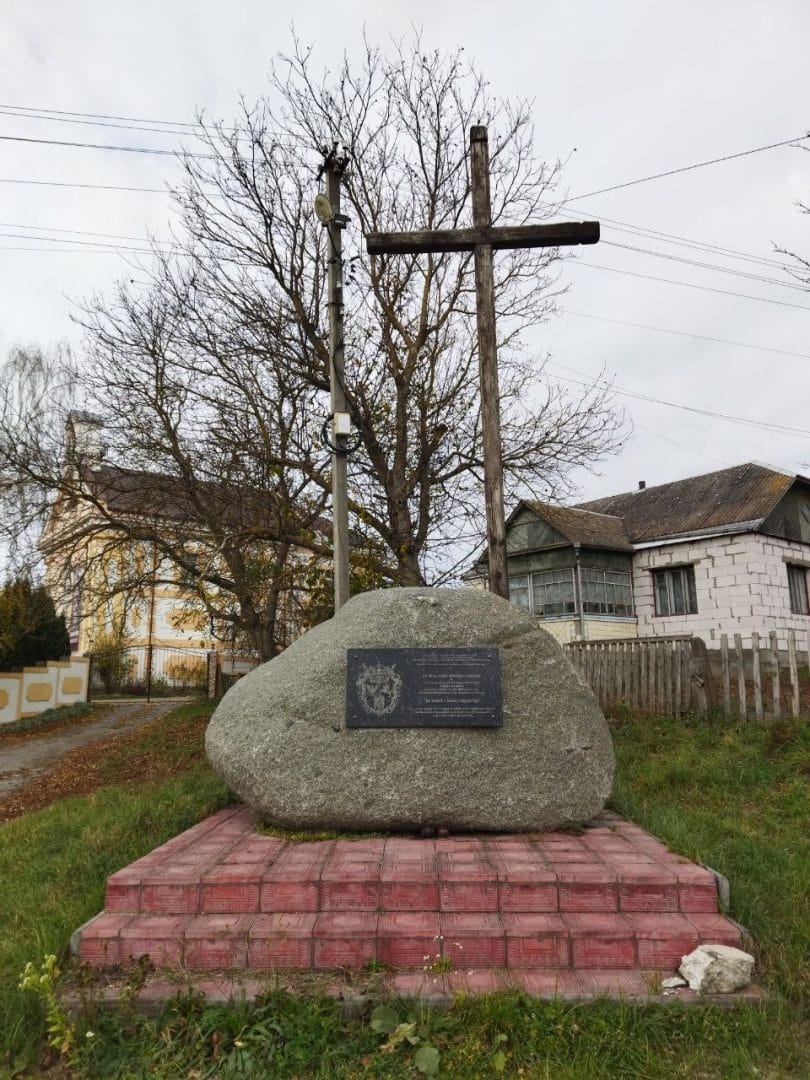
Myropil is also famous for another architectural monument of Ukraine. A two-meter-tall figure carved out of a granite slab, popularly known as the Stone Cross, is considered a talisman symbol of Myropil. The local priest consecrated this cross and it became a talisman for Myropil. Even today, the people of Miropol respect this place very much, take care of and decorate the figure. It is an ancient custom to visit the Stone Cross before a long journey to a foreign land.
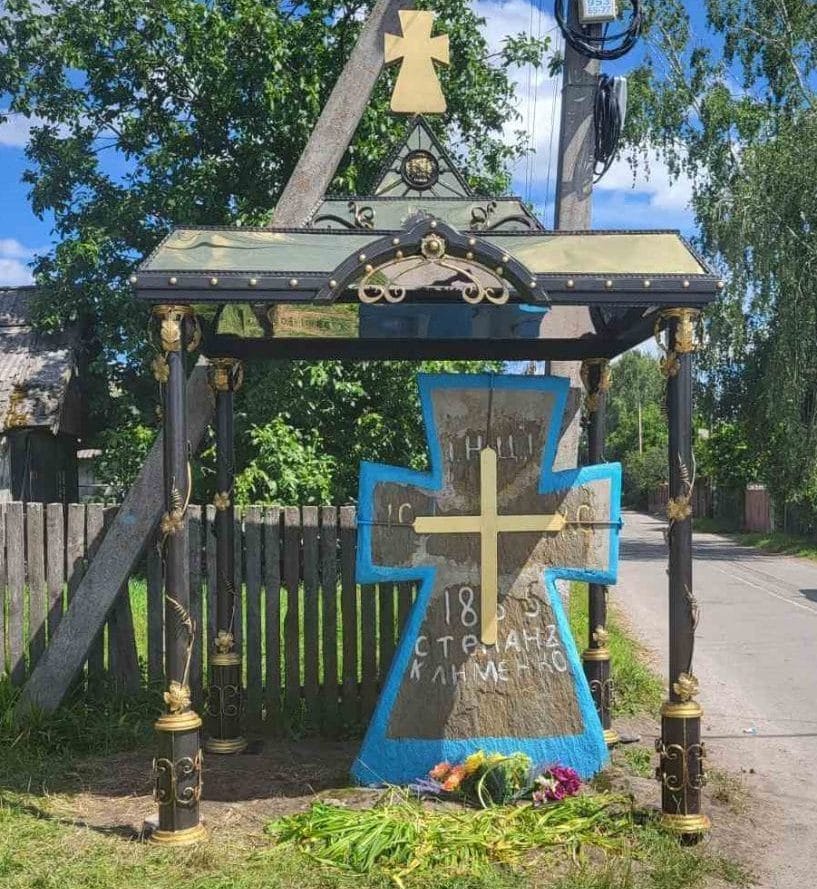
You can learn more about the history of Myropil and other population centers of the community in the local history museum, which houses more than 2,000 exhibits from different periods of the area’s development.
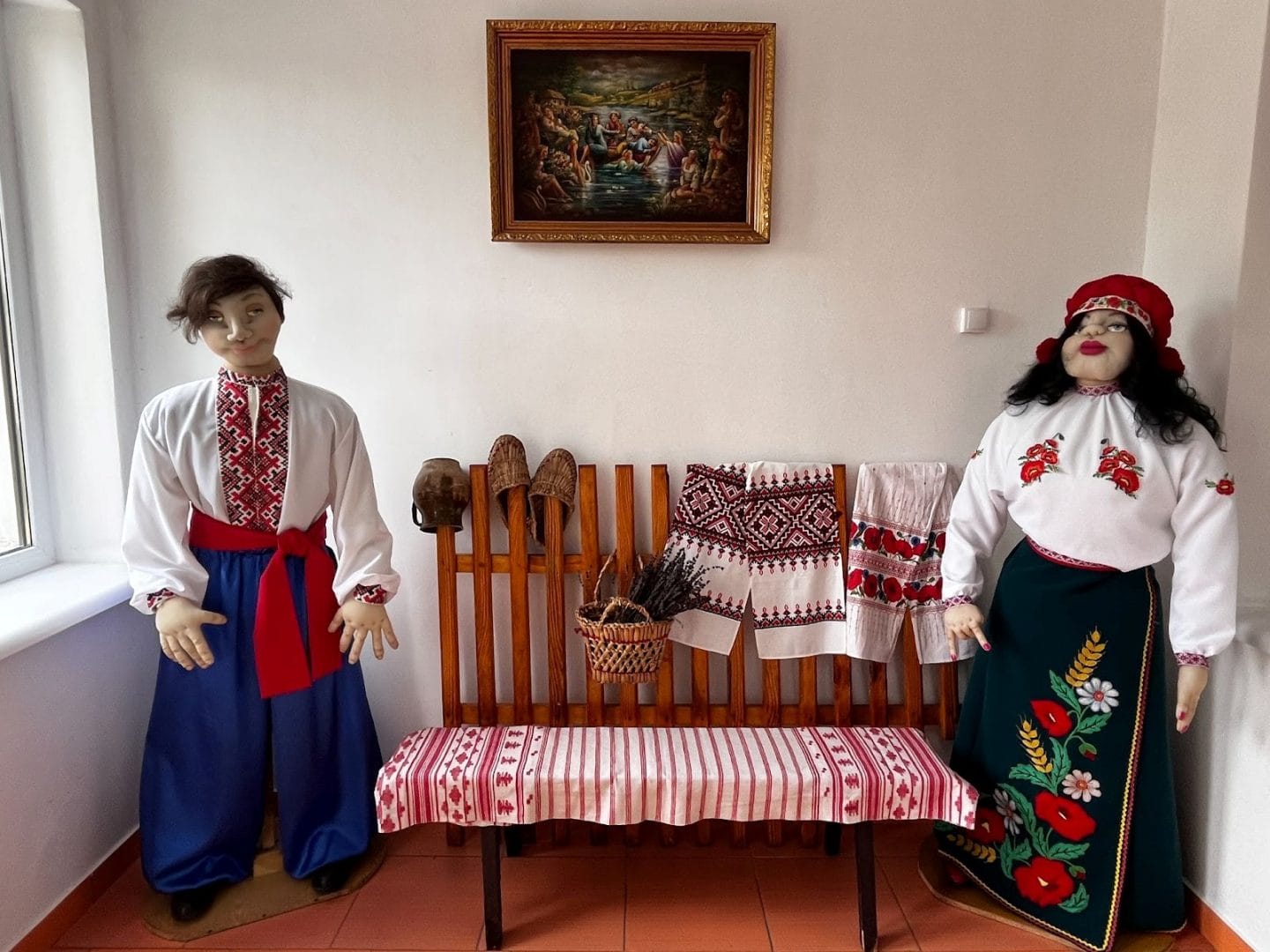
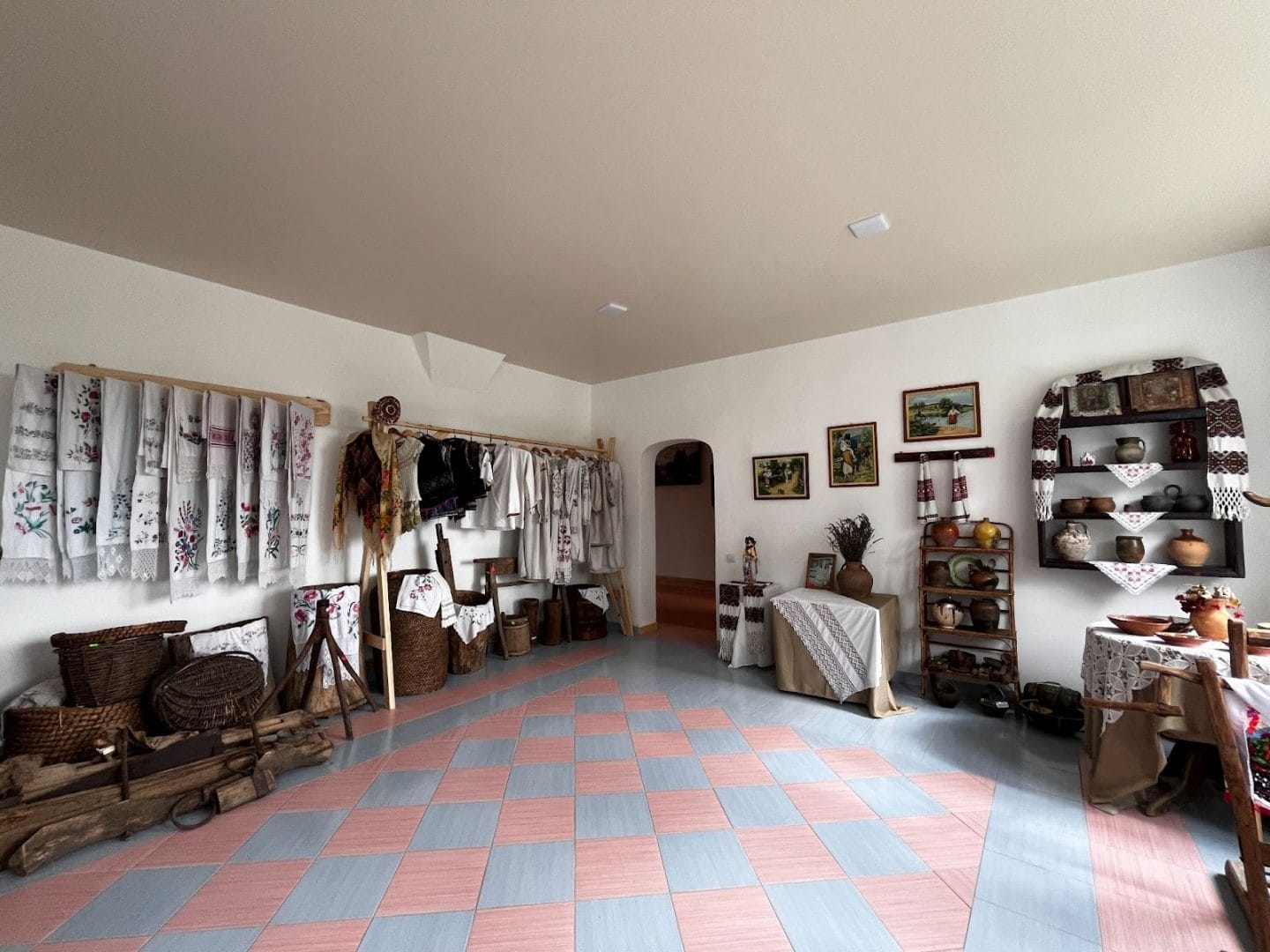
Economy and Welfare
The Myropil community has a favorable geographical location on the border of Zhytomyr and Khmelnytskyi regions. The state road Shepetivka-Berdychiv runs through the community. There is also a section of the South-Western Railway with two stations in Myropil and Pechanivka and one passenger stop in Kolodiazhne.
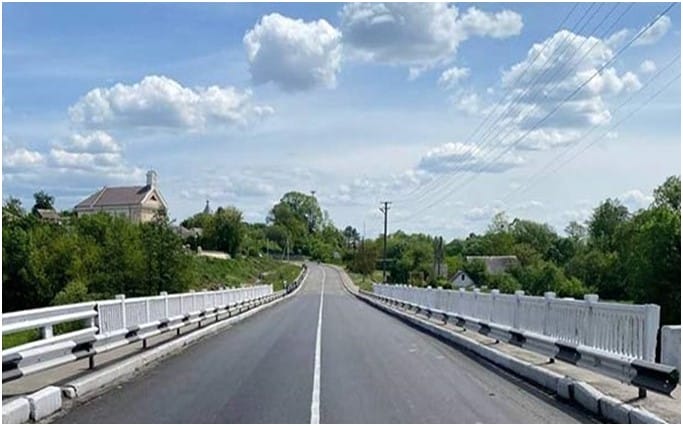
About 60 legal entities and more than 100 individual entrepreneurs, including 2 farms, are registered in the community.
There is also a granite quarry, three sawmills, wood processing enterprises, two sewing enterprises, two elevators, agricultural enterprises and a forestry on the territory of the community.
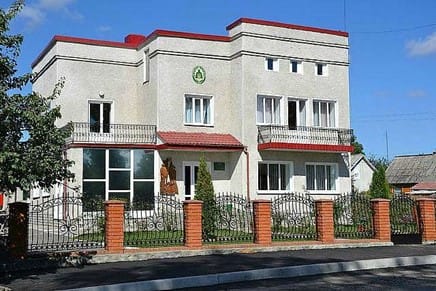
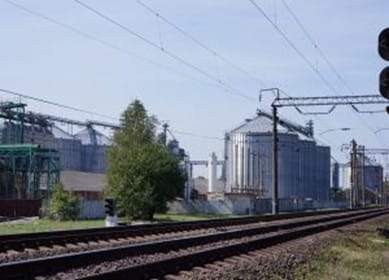

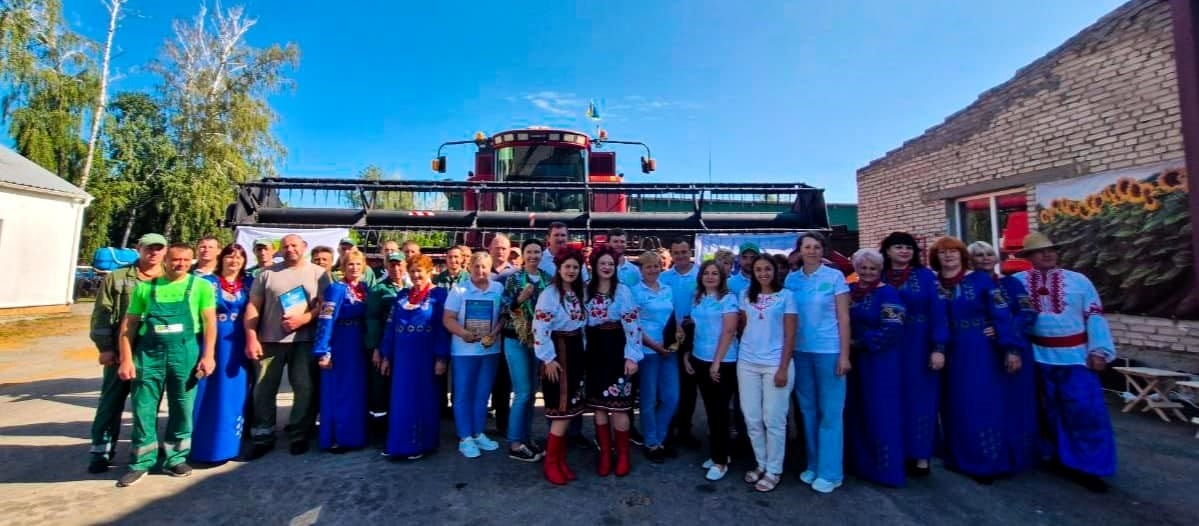
The community also has a gas station, a driving school, a fire station, a police station, two railway junctions, a hydroelectric station, a veterinary hospital, and more.
In 2022, the project “New construction of sewage treatment facilities in the settlement of Myropil” was completed. Currently, there are local sewage treatment plants for the biological treatment of domestic sewage with a capacity of 170 m3/day. The global ecological problem of pollution of the Sluch River has been solved.
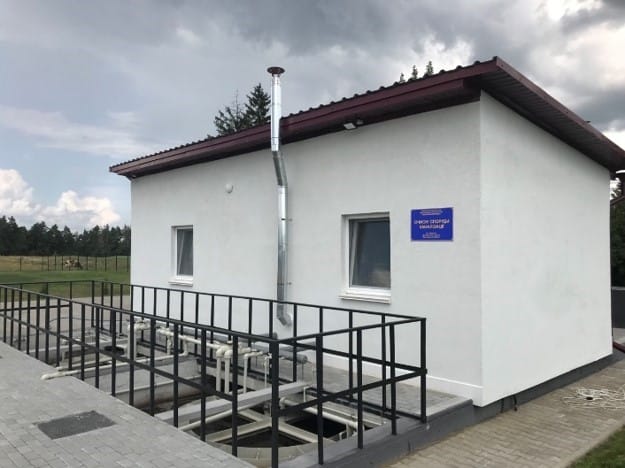
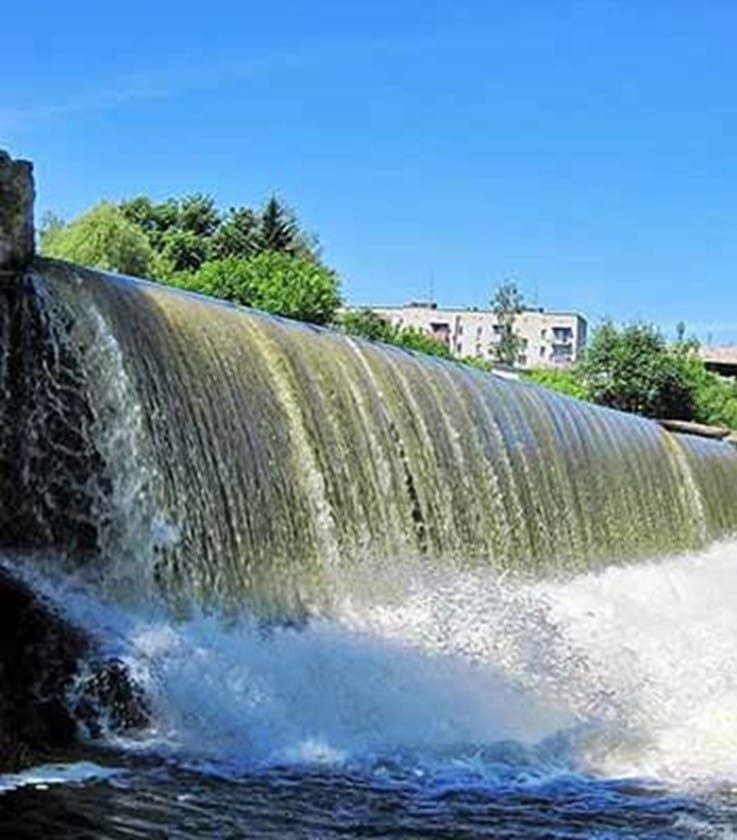
The network of educational institutions includes 3 institutions of general secondary education, 2 institutions of preschool education, as well as 2 institutions of extracurricular education – arts and sports schools.
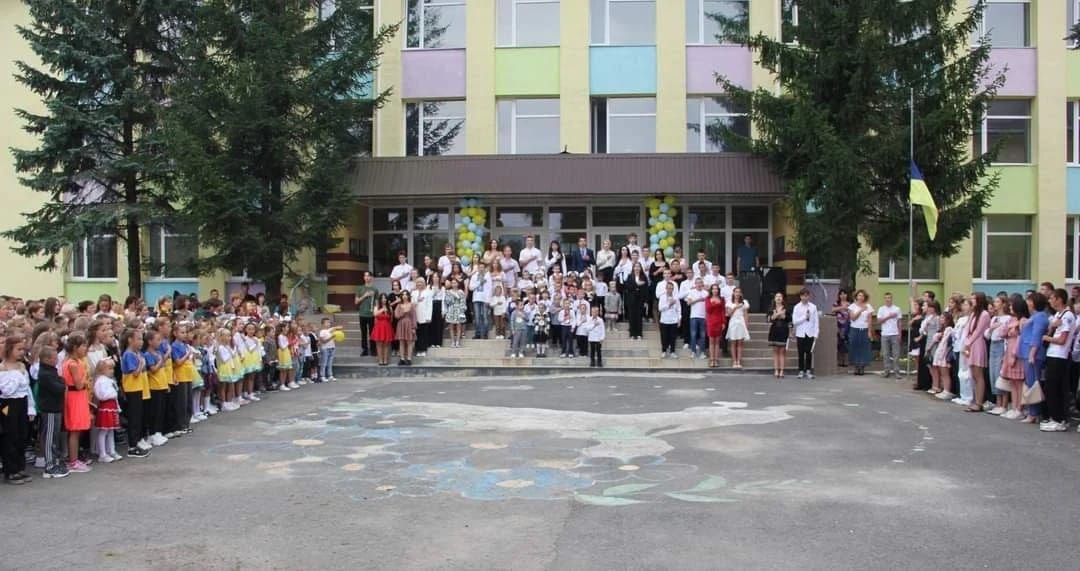
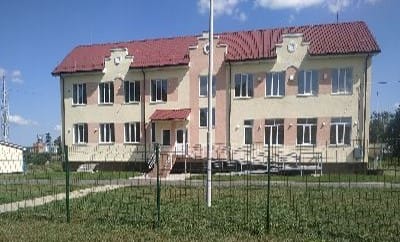
The sphere of health care is represented by the communal non-commercial enterprise “Myropil Outpatient Clinic of General Practice of Family Medicine” and five rural paramedic stations.
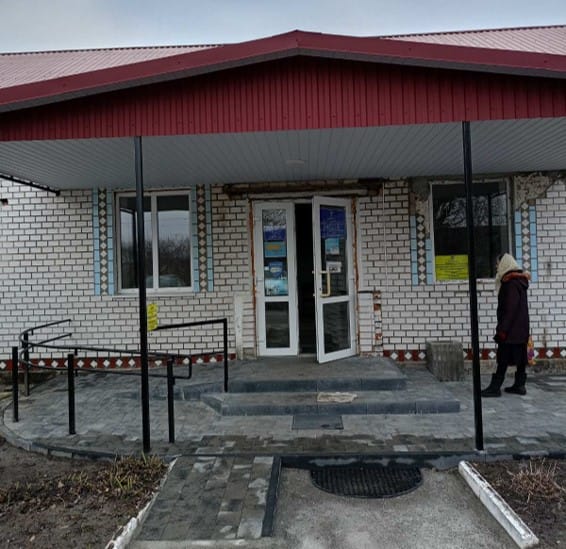
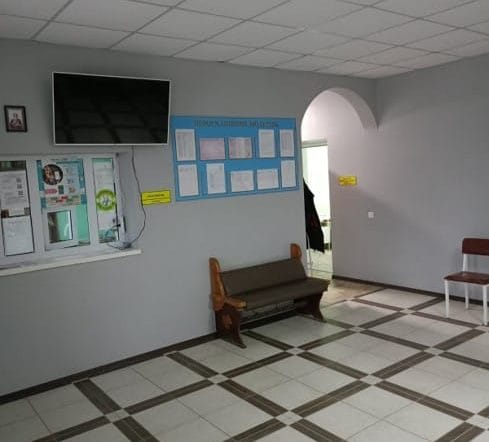
Since 2021, the Administrative Services Center has been operating in the community, which was opened thanks to the implementation of the “U-LEAD with Europe” Program. There, 69 administrative services are provided, including 28 social services, 34 services on land issues, and 7 services of registration/deregistration of residence.
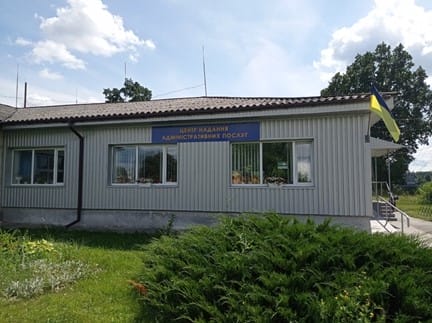
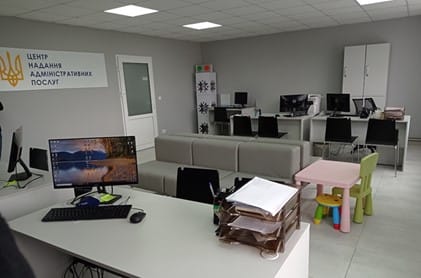
The community has a Territorial Social Services Center, which has a department of social care at home and a department of day care, which provides the following services: massage, thermal and electrical procedures, physical therapy.

The sphere of culture is represented by 7 club institutions, 7 libraries and a museum. There are 4 amateur vocal groups, 20 groups for children and adults.
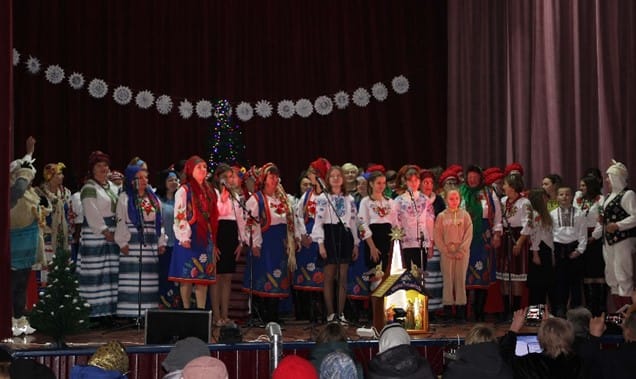
In 2024, with the support of the Public Organization “Building Ukraine Together”, a youth space was built on the basis of the Myropil library.

Community and War
From the beginning of the full-scale russian invasion of Ukraine, the entire team of the Settlement Council and its executive bodies worked around the clock to ensure the community’s livelihood and the safety of its residents.
During the entire period of open aggression, the Myropil area received more than 2,000 forcibly displaced persons from various regions of Ukraine. A humanitarian aid point was set up. Also, the community established cooperation with various civil society organizations in Ukraine and abroad.
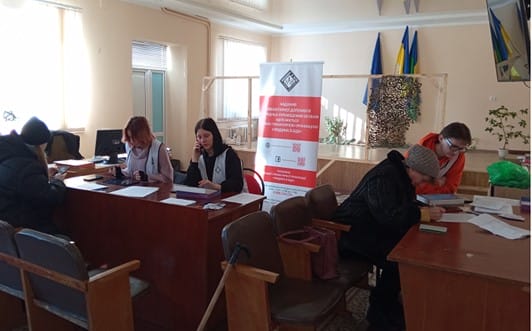
In 2023, on the basis of the former kindergarten, a place for compact living of internally displaced persons was constructed. A solid fuel boiler was installed, toilets and a shower room were equipped, the water supply and drainage system was adjusted, and furniture and household appliances were provided.
Five shelters for educational institutions were repaired. Conditions for full-time or mixed education were created in all institutions.
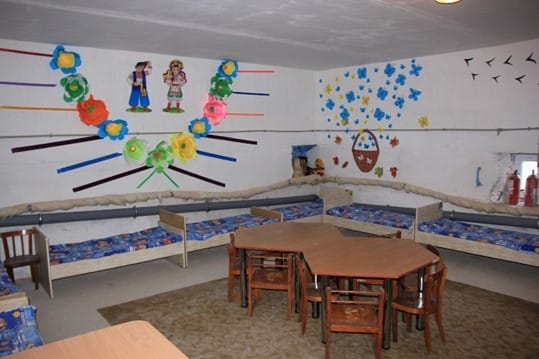

4 Points of Invincibility were set up on the territory of Myropil. All communal facilities and institutions are equipped with generators.
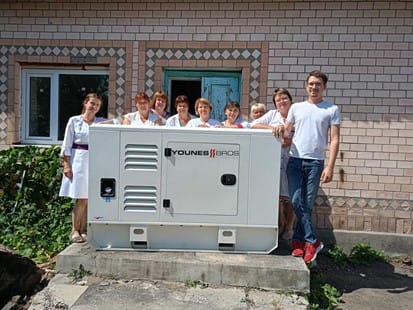
The priority area of activity of local self-government bodies and the public is assistance to the Armed Forces of Ukraine. Aid to the front is sent at the request of Compatriot Warriors – usually it is cars, quadcopters, military and technical equipment, food, camouflage nets, trench candles, etc.
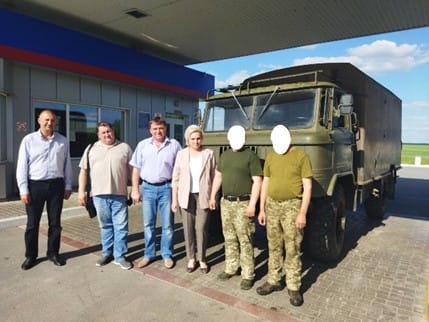
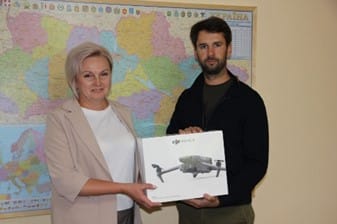
In 2023, on the Day of Remembrance of the Fallen Defenders of Ukraine, the Memorial Square “Fighters for Freedom and Independence” with 22 portraits of compatriot Heroes who gave their lives for Ukraine was opened in Myropil.
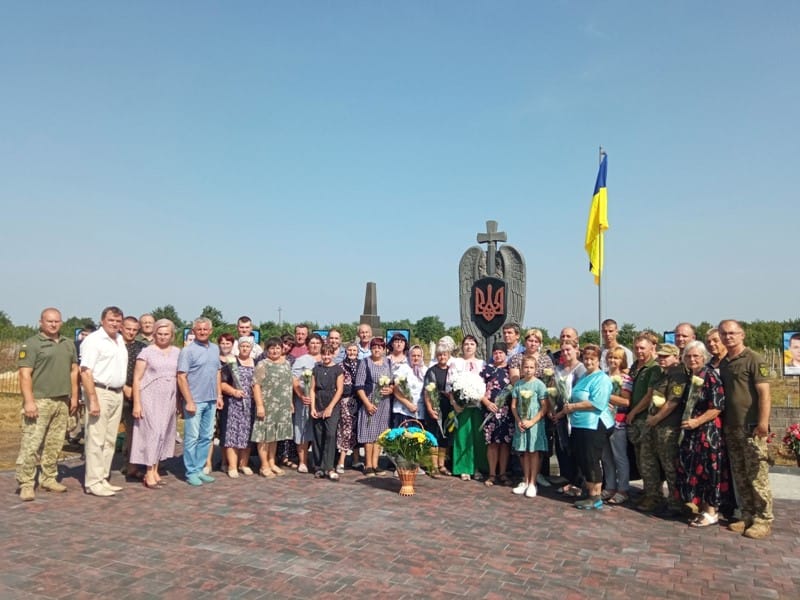
People of the Community
Since 2020, the community has been led by Settlement Head Svitlana Vlasiuk.

Together with a team of council employees, deputies, local entrepreneurs and active residents, the community has already managed to implement many projects in energy efficiency, environmental friendliness, landscaping, security, as well as in the fields of education, culture and health care.
During the Great War, the community managed to complete the construction of a new kindergarten in the village of Pechanivka, to open a children’s and youth sports school and a department of fine arts in an arts school.
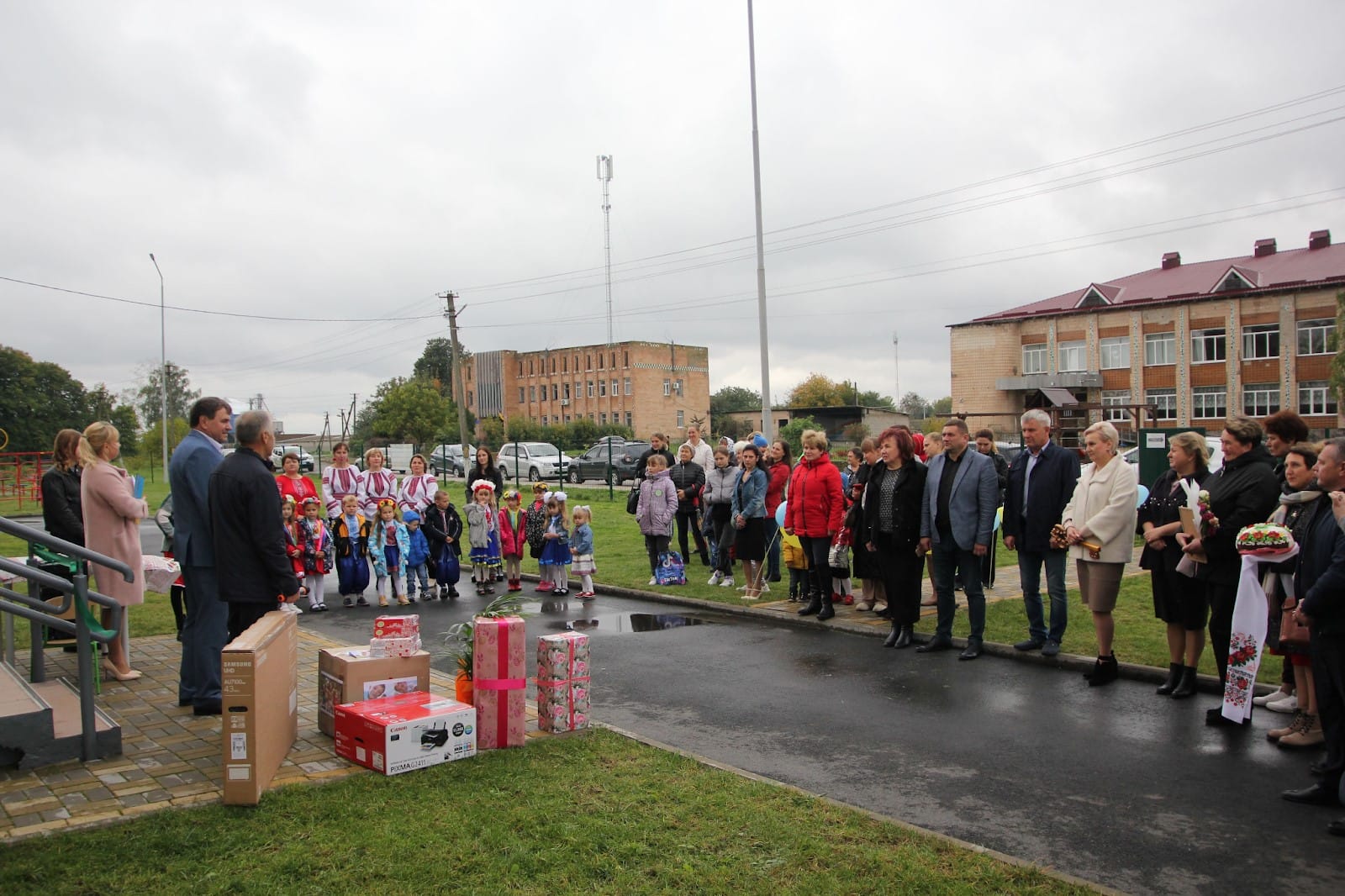
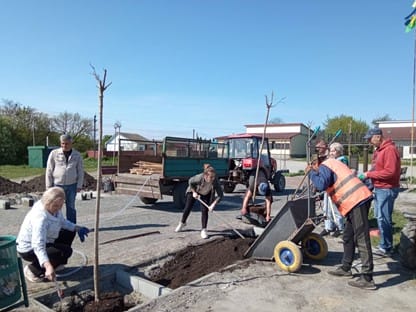
The interior of the outpatient clinic was repaired. Two village libraries and two club facilities were renovated.
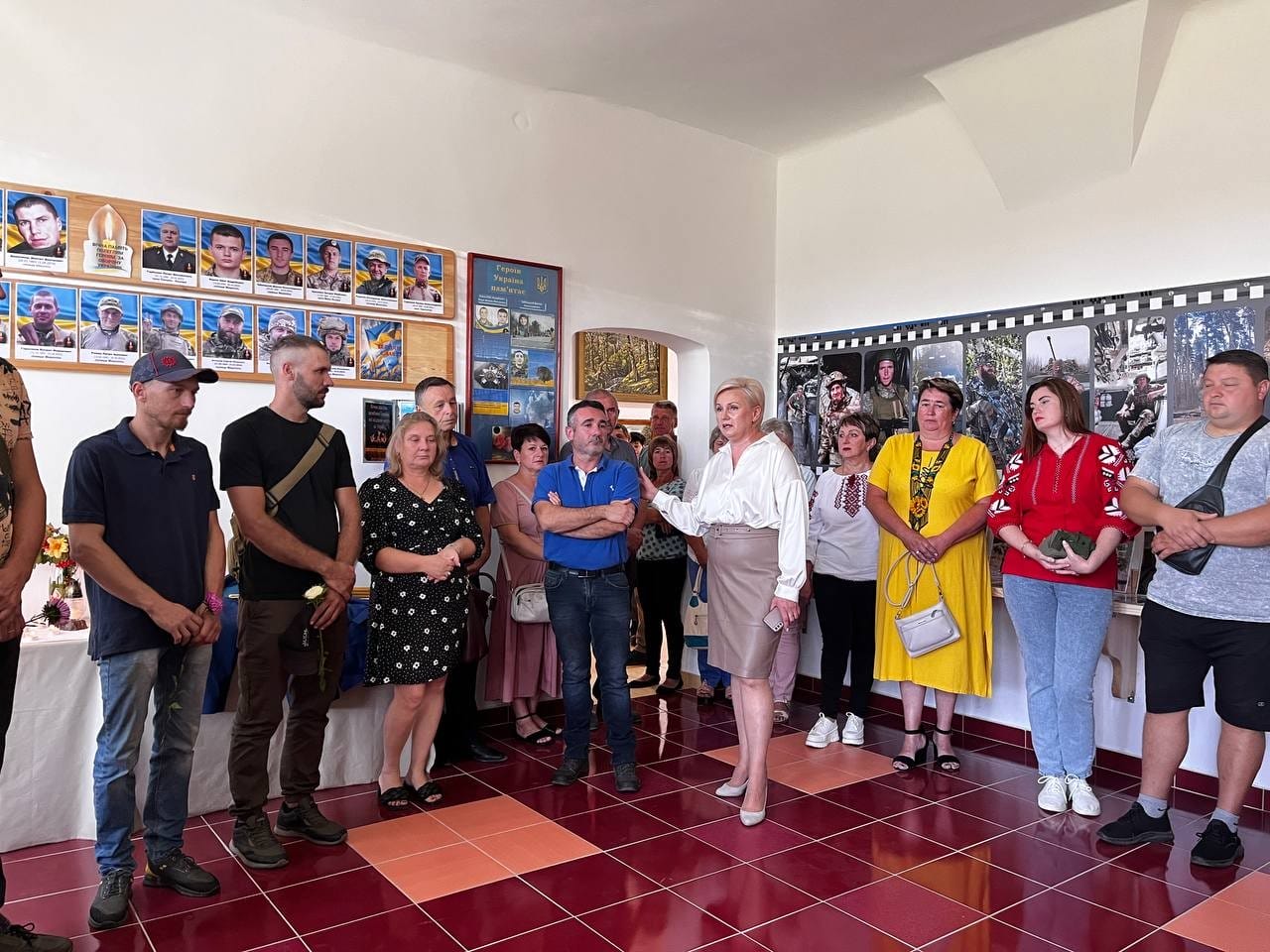

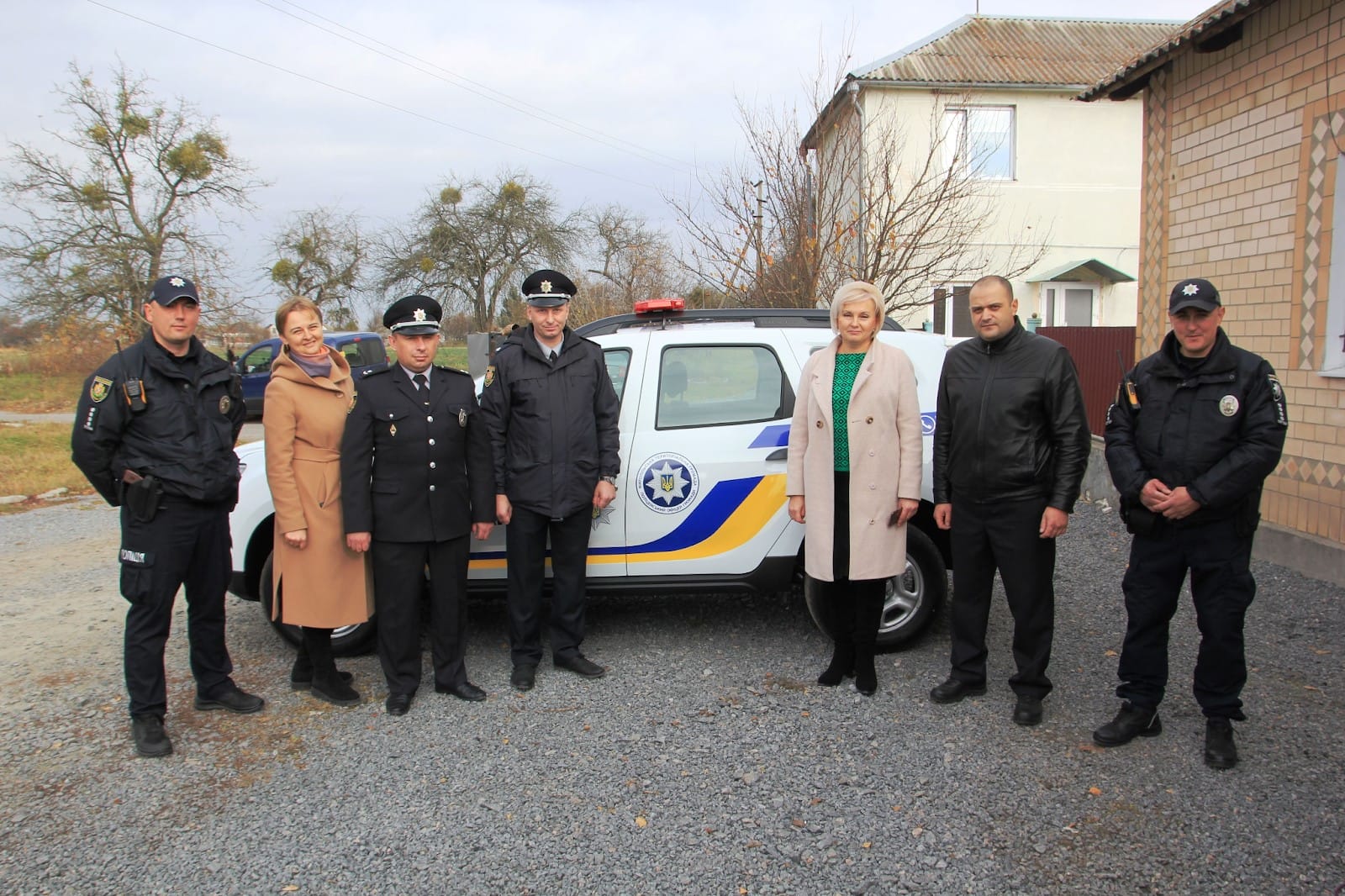
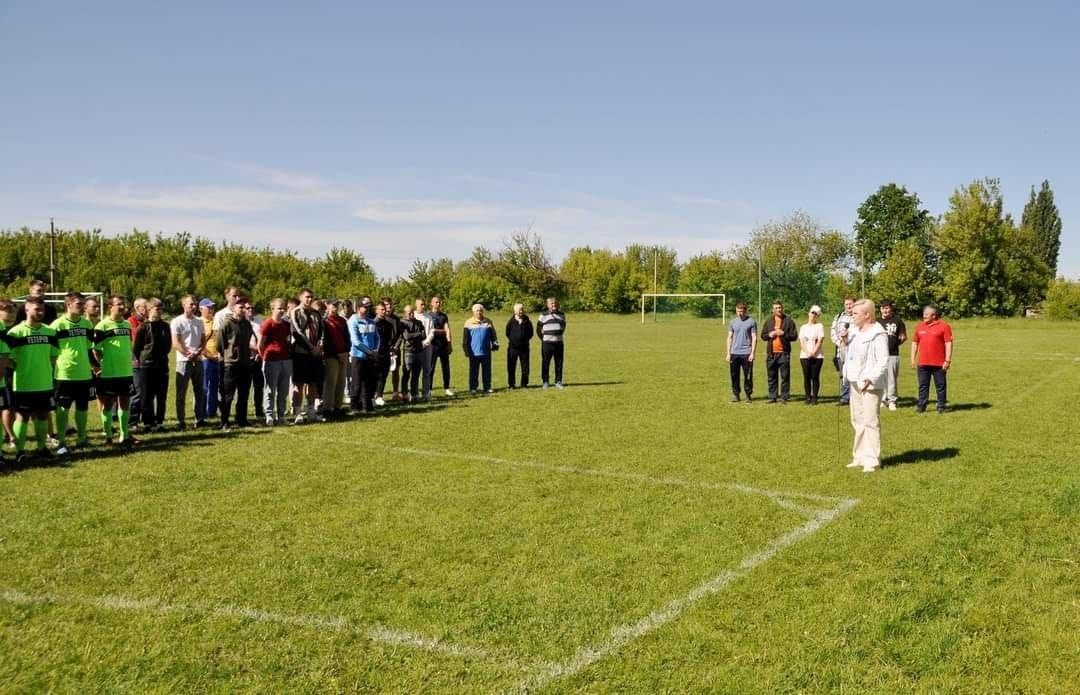
Development Strategy
In February 2024, the Development Strategy of the Myropil Settlement Territorial Community until 2027 and the Plan for Its Implementation were approved. The documents were developed by the joint efforts of the working group for the preparation of the Myropil community development strategy and experts of the project “Support for strategic planning of the development of territorial communities of the Rivne, Zhytomyr and Poltava regions”. This became possible thanks to the United States Agency for International Development (USAID) and the sincere support of the American people through the USAID HOVERLA Project.
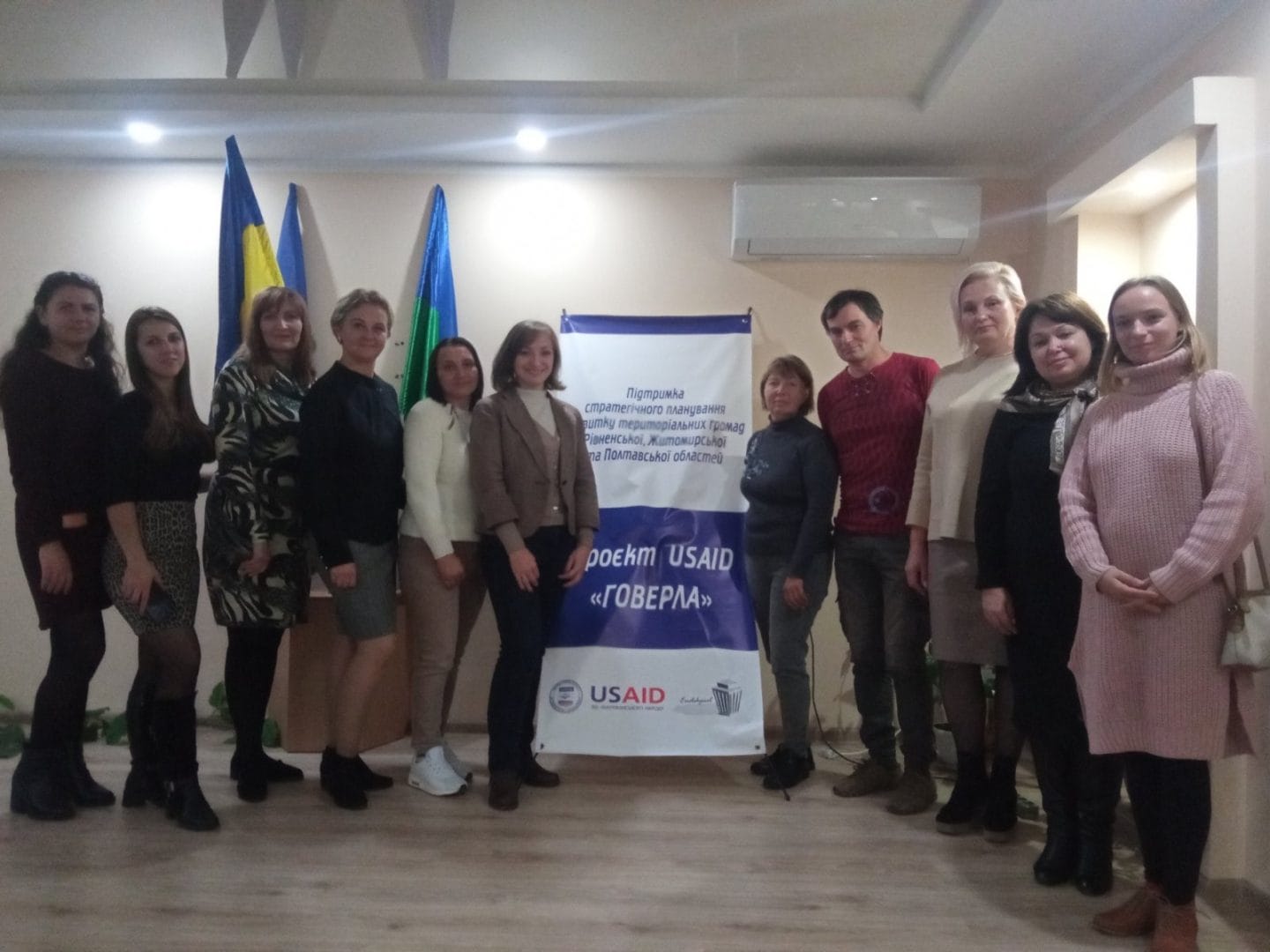
A people-centered development model, solidarity economy and sustainable spatial development of the community were defined as strategic goals of the community.
Due to the difficult financial and economic situation, not everything planned can be implemented. But thanks to cooperation with partners: the “Portal of Changes” public organization, the Kyiv National University of Economics, also thanks to the support of local businesses, and most importantly – the active public and civil position of the settlement residents – the community continues to live and develop.
List of Sources
- myropilska-gromada.gov.ua
- myropilska-gromada.gov.ua
- uk.wikipedia.org
- uk.wikipedia.org
- Kukharuk A. My native Myropil. Local history essays. – Zhytomyr: “Polissia”, 2008.
- Myropil Settlement Territorial Community – Clarity Hromada (clarity-project.info)
